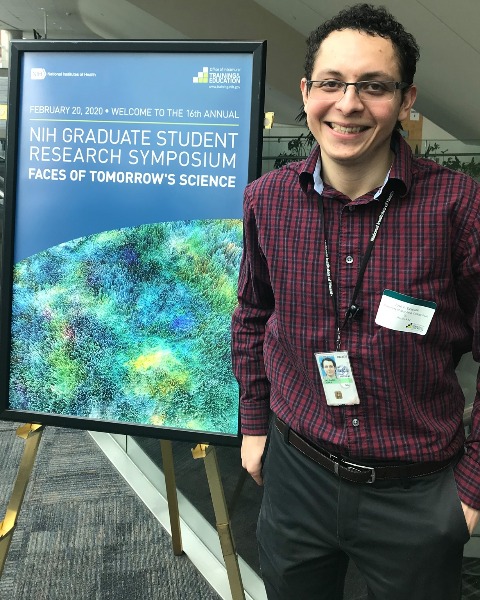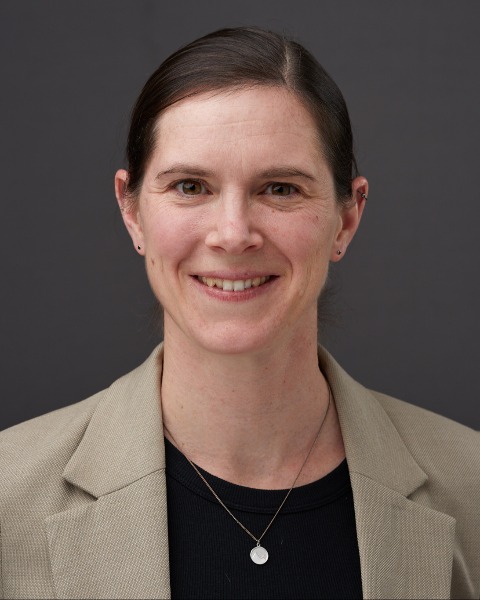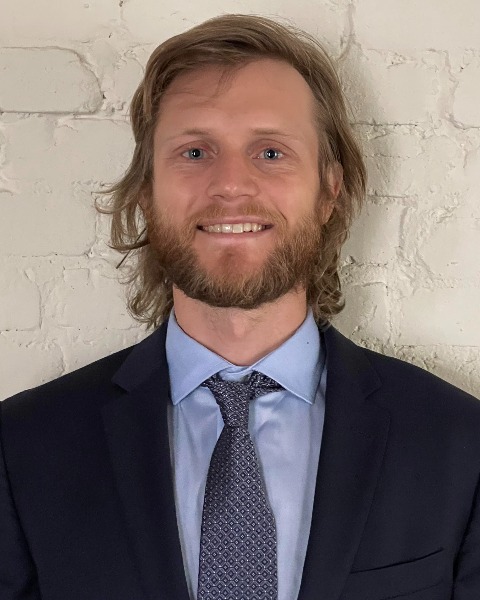Interventional Oncology
Distribution of imageable thermosensitive drug-loaded gel in ex vivo bovine liver depends on needle type and injection technique

Jose F. Delgado, PhD Candidate (he/him/his)
Graduate student
National Institutes of Health, Clinical Center/ Fischell Department of Bioengineering,University of Maryland - College ParkDisclosure(s): No financial relationships to disclose
- WP
William Pritchard, MD, PhD
Medical Officer
National Institutes of Health Clinical Center 
Nicole Varble, PhD
Senior Research Scientist
NIH, Philips- AM
Andrew Mikhail, PhD
Staff scientist
National Institutes of Health, Clinical Center - JO
Joshua Owen, PhD
Postdoctoral Fellow
National Institutes of Health, Clinical Center - AA
Antonio Arrichiello, PhD
Postdoctoral Fellow
National Institutes of Health, Clinical Center - TR
Trisha Ray, BS
Postbaccalaureate
National Institutes of Health, Clinical Center - TL
Tania Lopez-Silva, PhD
Postdoctoral Fellow
National Institutes of Health, National Cancer Institute 
Robert Morhard, PhD
Postdoctoral Fellow
National Institutes of Health, Clinical Center- JY
Jeff Yang, BS
Predoctoral fellow
National Institutes of Health, National Cancer Institute 
Michael T. Kassin, MD
Staff Clinician
National Institutes of Health Clinical Center- JM
Jenna Mueller, PhD
Principal Investigator
Fischell Department of Bioengineering, University of Maryland - SX
Sheng Xu, PhD
Staff Scientist
National Institutes of Health Clinical Center - JS
Joel Schneider, PhD
Principal Investigator
National Institutes of Health, National Cancer Institute - JK
John Karanian, PhD
Staff Scientist
National Institutes of Health, Clinical Center 
Bradford J. Wood, MD
Director of IR
National Institutes of Health
Presenting Author(s)
Author/Co-author(s)
To develop and characterize a thermosensitive gel imageable with X-ray and ultrasound for multimodality image-guided percutaneous hepatic drug delivery
Materials and Methods:
Poloxamer-based thermosensitive gel formulations with 40 mg I/ml (Visipaque 320) and perfluorobutane microbubbles were developed. Viscoelastic properties were characterized using a rheometer and gelation times measured using a vial inversion method. Gel distribution was assessed in ex vivo bovine livers in a 37 C° water bath. Three needle types were used: single end hole (SEHN, Chiba, Cook), multiple side hole (MSHN, Profusion, Cook), and multipronged injection needles (MPIN) (short and regular tip, Rex Medical). Gel (4 mL) was injected at 10 and 100 ml/h with all needles, and 1000 ml/h in the SEHN and MSHN. For the MPIN, 4 mL injections were also performed during stepwise needle retraction from 2 to 0 cm, tip-to-tip distance, (short tip) and 5 to 0 cm (regular tip) at 100 ml/h. Gel distribution in 2D and 3D was assessed with US and cone beam CT (CBCT). Gels (0.02, 2, and 10 mg/ml doxorubicin (DOX); 40 mg I/ml) were injected in liver using the same needle types and infusion rates. US and CBCT images were compared with optical imaging of DOX distribution.
Results: The gel was liquid at room temperature allowing needle injection and solidified in 12 sec at 37 °C. Injections at 10, 100, and 1000 ml/h were localized with sphericities, solidities, and circularities of 0.9 for SEHN and MSHN regardless of the infusion rates. For MPIN, the morphology depended on injection technique. The gel shape was conical with retraction from 2 to 0 cm while retraction from 5 to 0 cm produced three bead chains connected to a vertex (pyramidal-like). The surface area of the delivered gel was dependent on the MPIN injection technique: 15 cm2 and 19 cm2 for 2 to 0 cm and 5 to 0 cm, respectively. The DOX distribution on optical imaging correlated with US and CBCT and was more homogeneous with MSHN than SEHN.
Conclusion: The X-ray and US imageable gel permits the use of both imaging methods for image-guided intratumoral drug delivery in the liver. This may allow more focused, accurate, predictable, and sustained delivery of drugs to the liver, whether immuno- or chemotherapeutics, compared to injection of free drug. Injection tools and techniques had high impact upon gel distribution and surface area of the deposited material and thus drug distribution.

.png)
.png)
.png)
.jpg)
.png)
.jpg)
.png)
.jpg)
.png)